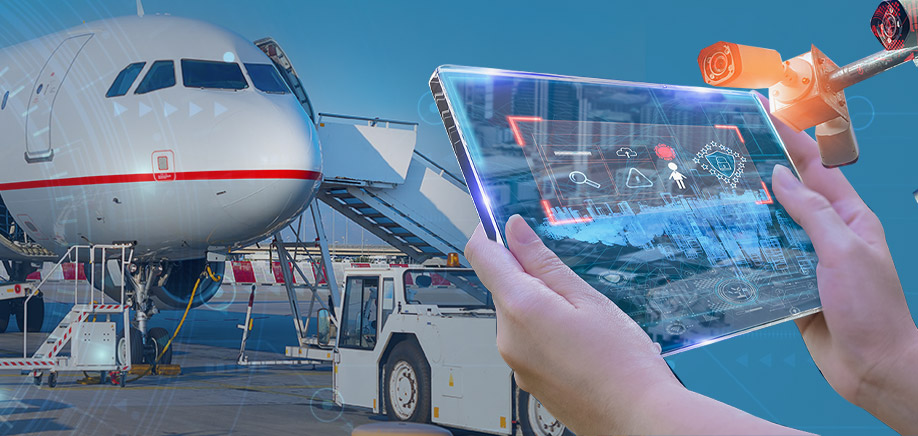Large language models (LLMs) stand to redefine enterprise AI with GPT, Bard, Gemini, and Llama 2 generating human-like text and catering to knowledge management applications.
Continue readingRevolutionizing Flow Cytometry with AI and Machine Learning
Flow cytometry is a formidable asset for a researcher. By compartmentalizing cells based on set molecular characteristics, flow cytometry provides information on specific cell types from highly complex and populated samples. This technique analyzes thousands of cells per second, allowing researchers to collect huge data volumes in a relatively short time span.
Continue readingAI-enabled site selection: Accelerating patient enrollments
Clinical trial sites deal with a myriad of tasks right from patient recruitment to capturing patient data, and performing tests/procedures. In addition to facilitating patient interface, these sites also serve as the direct point-of-care for medical concerns.
Continue readingOptimizing Batch Profitability in Drug Manufacturing
In the world of pharmaceutical manufacturing, batch processing stands as a cornerstone technique. It involves the production of large quantities of a drug, allowing for systematic and controlled processing.
Continue readingModernize your legacy mainframe systems
Many organizations use legacy mainframe in their datacentres to run critical operations. This age-old system tuned and customized to the functional requirements, locked-in to vendors over the years, has been used extensively across business critical operations.
Continue readingThe road to operational excellence: Optimizing aircraft turnaround with AI-powered video analytics
The dynamic landscape of the aviation sector seeks better passenger experience, operational excellence and absolute safety. Delay in turnaround operations costs the airline industry billions of dollars each year.
Continue reading














